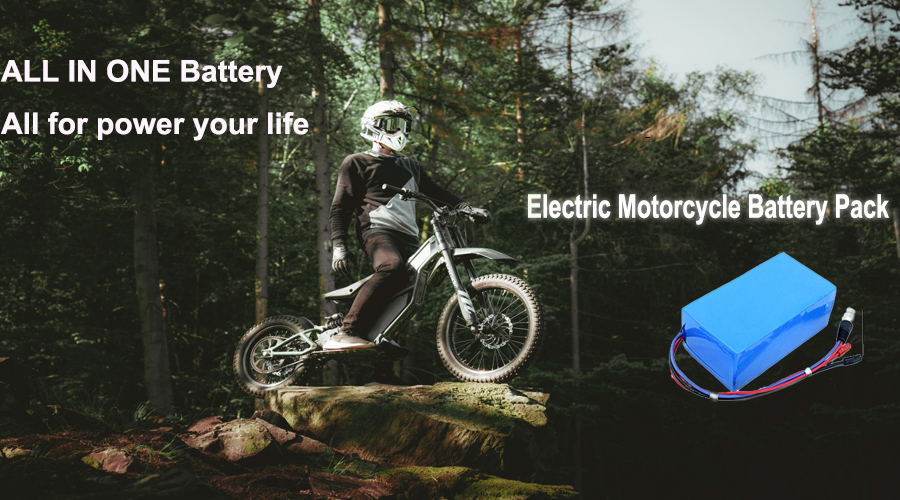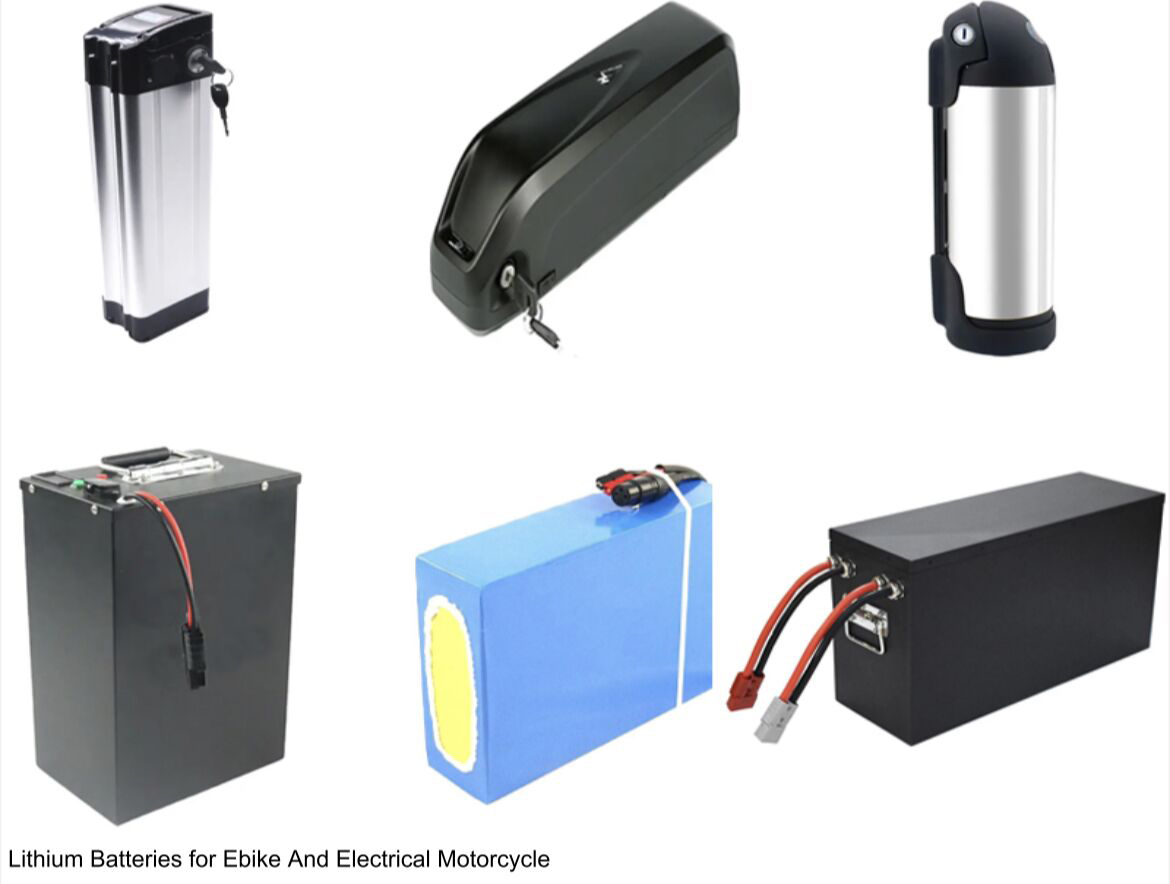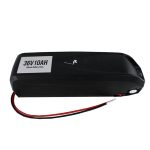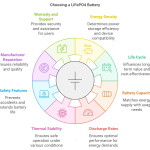
The batteries are one of the important components of an electric bike (e-bike). The batteries will influence the speed and duration of the e-bike. Many people will choose to refit or DIY an e-bike of their own to provide more horsepower or tailor a unique style. So what battery should we choose for an e-bike?
Lead-acid Electric Bike Batteries (SLA)
Lead-acid batteries are relatively cheap and easy to recycle. Lead is one of the most effectively recycled materials in the world and today more lead is produced by recycling than is mined. However, they need to maintain usually, and they don’t last very long. It is not a good choice if you’re serious about actually using your bike to commute. Lead-acid batteries are cheap for several reasons:
Cheap of raw materials;
They weigh twice as much as NiMh batteries, and three times as much as lithium batteries.
They have much less usable capacity than NiMh batteries or lithium batteries. Only last for half as long as nickel or lithium batteries.
However, lead-acid batteries have been gradually replaced by lithium iron phosphate (LiFePO4) batteries. At the same time, that battery costs have fallen, the lifespan and average cost of lithium iron phosphate batteries have been falling.
Nickel-cadmium (NiCd) Electric Bike Batteries
Weight for weight, nickel-cadmium (NiCd) batteries have more capacity than a lead-acid battery, and capacity is an important consideration on an electric bike. However, nickel-cadmium is expensive and cadmium is a nasty pollutant and hard to recycle. On the other hand, NiCd batteries will last longer than lead-acid batteries. But the reality is that because they are so hard to recycle or get rid of safely, NiCd batteries are rapidly becoming a thing of the past. These are also not a good choice of battery type, regardless of price.
Lithium-ion (Li-ion) Electric Bike Batteries
This is a new one and promises to be no better than the Li-ion battery type in terms of range, weight, or price. However, it can be molded into different shapes, fit in more devices and its extra spaces, like “the triangle space of bicycles”. In general, they seem to be ideal for use in high capacity, low power applications – such as electric bikes. However, the lithium-ion batteries (i.e. Li-Po, LFP batteries) are also ideal for use in high power applications like electric motorcycles, go-kart, drill, and other industrial applications, cause the li-ion batteries are ideal to achieve high rate charge/discharge, that's also the high power devices needed.
Lithium-ion Polymer (LiPo) Electric Bike Batteries
These have become the default battery for the electric bike (i.e. e-motorcycle), capturing over 90% of the market. The LiPo battery is a rechargeable battery that is not only inexpensive, but also relatively easy to discharge at higher C-rate, which can provide higher power in a short period of time, fast charge, and high voltage. In general, the standard LiPo batteries that hold 4.2V per cell when fully charged, but ALL IN ONE high voltage series LiPo batteries can attempt 4.45V. As for the benefits of high-voltage batteries, in fact, the battery's discharge power consumption must be considered as P = V * I (actually the discharge voltage will decrease, so the total energy of the battery should be the integral of the product of the actual voltage and current per unit time). It is obvious here that increasing the maximum cut-off voltage can increase the total discharge energy of the battery, which is how much mA*h the general battery marks.

Learn more about battery
Keep an eye on ALL IN ONE’s official blog, and we’ll regularly update industry-related articles to keep you up-to-date on the battery industry.


